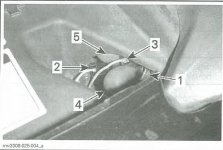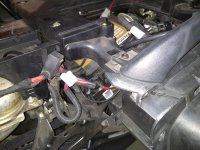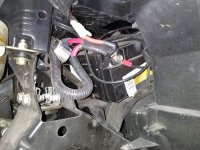Well, everything that you've described about the lights is normal. The headlights don't come on until after the engine starts. And that's certainly enough battery voltage to boot up your electronics - I trust that you took a reading with the key on, to check that the voltage didn't drop like a rock.
Although it does not happen frequently, yes, relays do sometimes fail. We try to narrow down which relay may have failed by first looking at what works and what doesn't. For example, when you turn on the key with the kill switch in RUN - or turn on the key and then flip the kill switch to RUN whichever you normally do. If you hear the fuel pump running, that tells you that relay R7 is OK. If it doesn't run, it could be that relay or other things, but if it works, then the relay works.
Additionally, most of the relays are identical and are interchangeable. So for example, relay R1 is used for your air compressor. For a moment, we can assume that this relay is good. Relay R3 appears to feed power to your instrument cluster and analog gauges - if you have those. Both of these are the same, 4-pin relays. What is typically done in order to narrow things down would be that you remove relay R1, remove relay R3, and replace it with the R1 relay. Turn on the key and see if anything changes. If not, put things back the way they were. If everything starts working, you know that the relay that was in the R3 position is bad. Take it to the auto-parts store of your choice and get a replacement. Put the new one back in whichever slot you want. I think that you get the idea.
Ultimately, you're getting to the point where you could benefit from a repair manual. Downloadable. 25 bucks. And try to keep an open mind concerning critter damage. Everything worked the last time you started it. Good luck.
https://canammanuals.com/can-am-spyder-manual.htm



